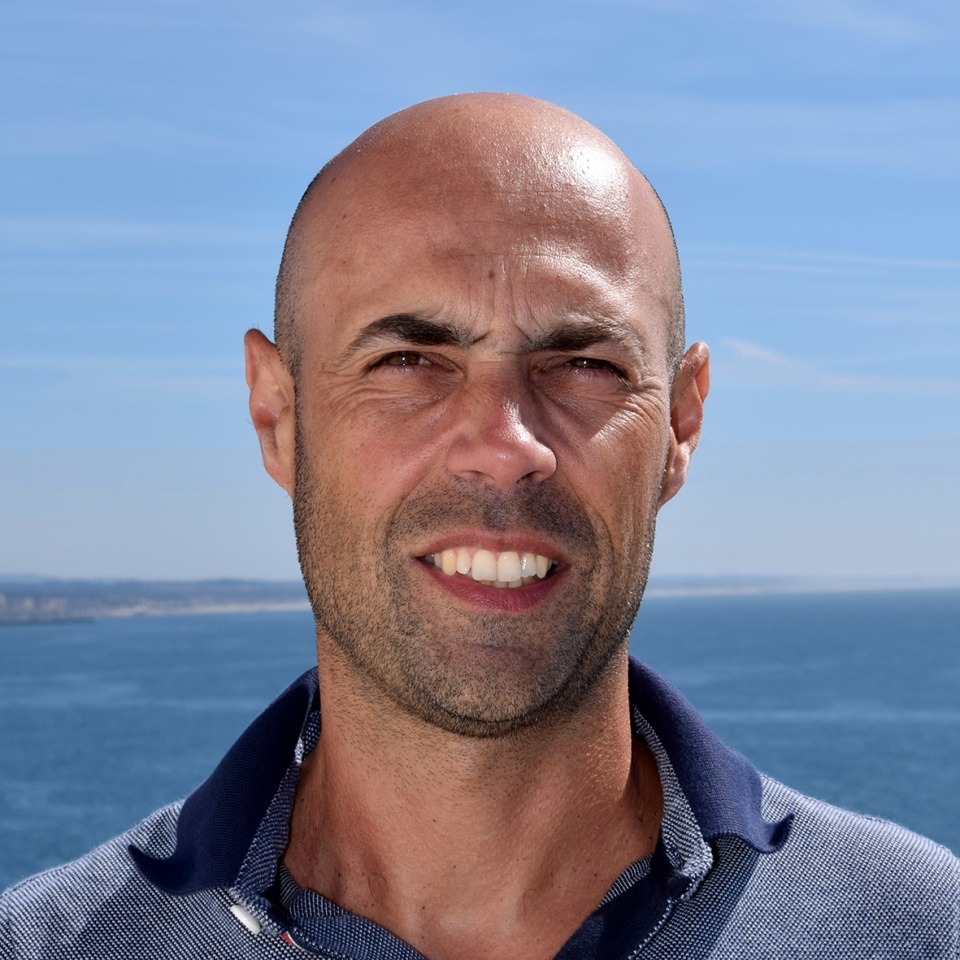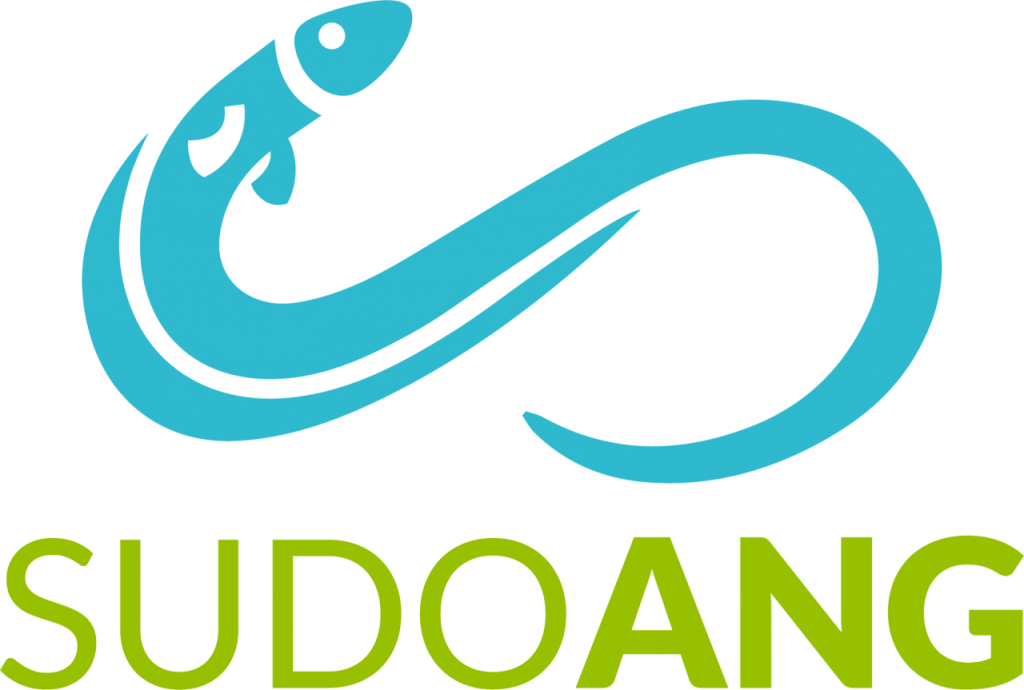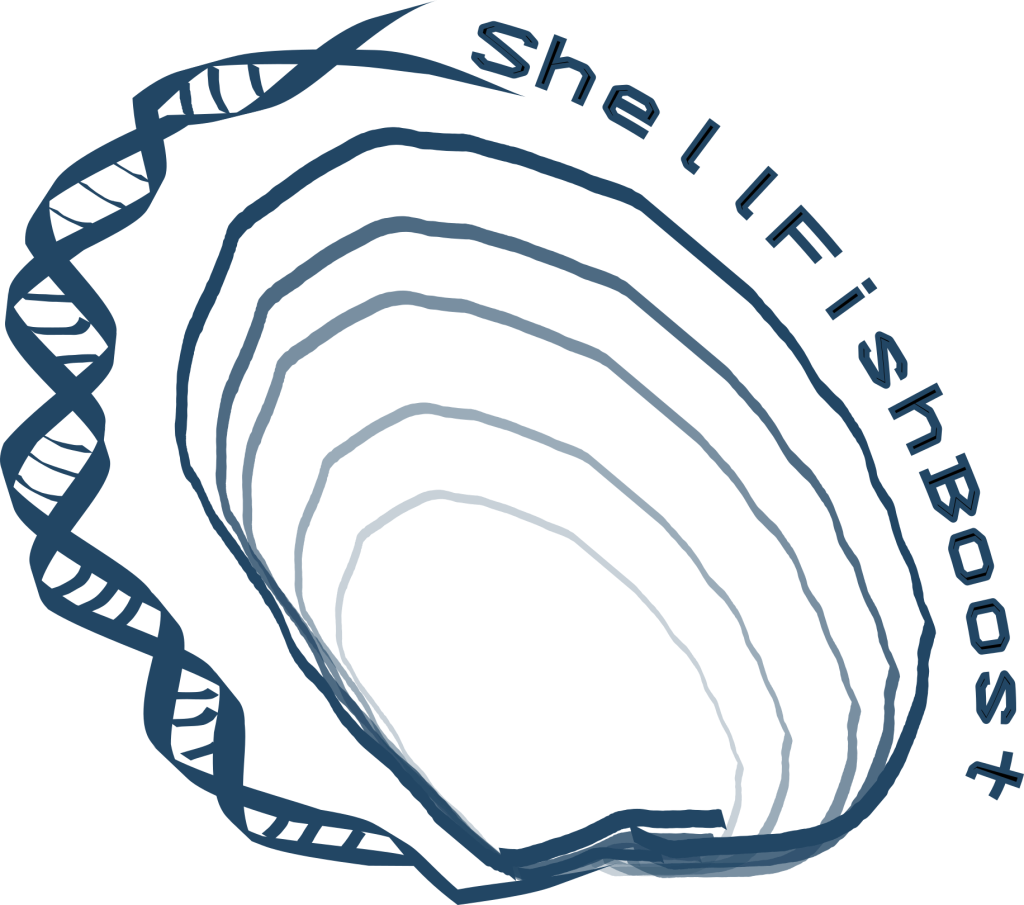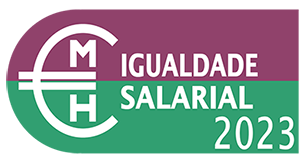Climate change (CC) is an anthropic problem that represents one of the greatest threats to biodiversity. Oceans are expected to experience a pH reduction of ~0.3 units and warm up to ~3.5°C by 2100. Associated extreme events frequency and severity, such as marine heatwaves (MHW) is also expected to increase by the same timeframe.
Climate change itself causes severe threats to ecosystems, but multiplying effects may occur in combination with other environmental stressors, such as emerging contaminants. Climate changes alter contaminants’ speciation and bioavailability with consequences on bioaccumulation and detoxification mechanisms and toxicological responses. The European Union and the USA consider the Rare Earth Elements (REE) as technology critical elements (TCE). These elements are considered crucial due to their risk of supply, which may create a chief bottleneck for the world’s economy. REE are vital to the manufacture of innovative and green environmental technologies and industrial and medical products. With increasing REE applications, emission to aquatic ecosystems is a reality. Hence, REE are emergent contaminants of the most crucial relevance, that until now have no regulation regarding maximum concentration and discharge into the environment. Notwithstanding, the information on REE availability, environmental behaviour, and potential ecotoxicological impact on ecosystems is scarce. Furthermore, as knowledge on the cumulative CC and extreme events stressors and the REE increasing concentrations is lacking, this original proposal aims to constrict this knowledge gap towards economic and environmentally relevant bivalve species. This project selected three key bivalve species with distinct habitats: the mussel Mytilus sp., the grooved carpet shell Ruditapes decussatus and the surf clam Spisula solida. These species have a wide European distribution and have been systematically used as bioindicators of environmental pollution, and REE are known to be significantly accumulated by bivalves. As potential routes for human uptake, the appraisal of REE levels on this commercially relevant species is of chief importance. Furthermore, knowledge of bioavailability and bioaccumulation in these economic and ecological key organisms along the Portuguese coast will be pivotal for the upcoming experiments. Hence, this science project is divided into three phases. Firstly, baseline levels of REE on a noteworthy latitudinal gradient along the Portuguese coast in different seasons must be accessed. Secondly, laboratory exposure experiments to the end century projected abiotic conditions of ocean warming and acidification, to the increase in frequency and intensity of marine heatwaves, and three selected REE (Lanthanum (La), Cerium (Ce) and Gadolinium (Gd)) will provide a holistic overview of the combined effects of these stressors on the REE bioaccumulation and elimination processes, and ecotoxicological outcomes through a detailed outline of organisms’ biochemical performances. Lastly, to better outline the CC impacts on La, Ce and Gd accumulation and elimination processes and ecotoxicological outcomes, a comprehensive model encompassing biometric data, elemental concentrations, abiotic parameters, and biochemical, genetic, and metabolic changes will be built. This proposal comprehends six main objectives: i) assessing and comparing the present-day baseline REE levels present in different matrixes (bivalves, water, sediments), in distinct habitats, along the Portuguese coast; ii) to evaluate the ocean warming and acidification impact on the bioaccumulation and eliminations of key selected REE (La, Ce and Gd); iii) to detail the combined effects of ocean warming, acidification and La, Ce and Gd on the biochemical, genetic and metabolic performance, on the selected bioindicator species; iv) to characterize the impacts of the extreme events MHW on the bioaccumulation and elimination of La, Ce and Gd. v) to describe the effects of MHW and La, Ce and Gd, in a multi-stressor approach on species biochemical, genetic and metabolic performance; vi) to integrate, systematize and overview the obtained data and results through the assessment of a bioenergetic model. This proposal joins a holistic team of experts that assure the required know-how to successfully achieve the described objectives and is supported by Aquário Vasco da Gama aquaculture facilities that present optimized conditions to perform warming hypercapnia, MHW and ecotoxicological experiments. Furthermore, this project will contribute to Responsible Consumption and Production objective 12, Climate Action objective 13, and Life Below Water Objective 14 of the UN Agenda 2030, which aligns with the Portuguese government commitment.

